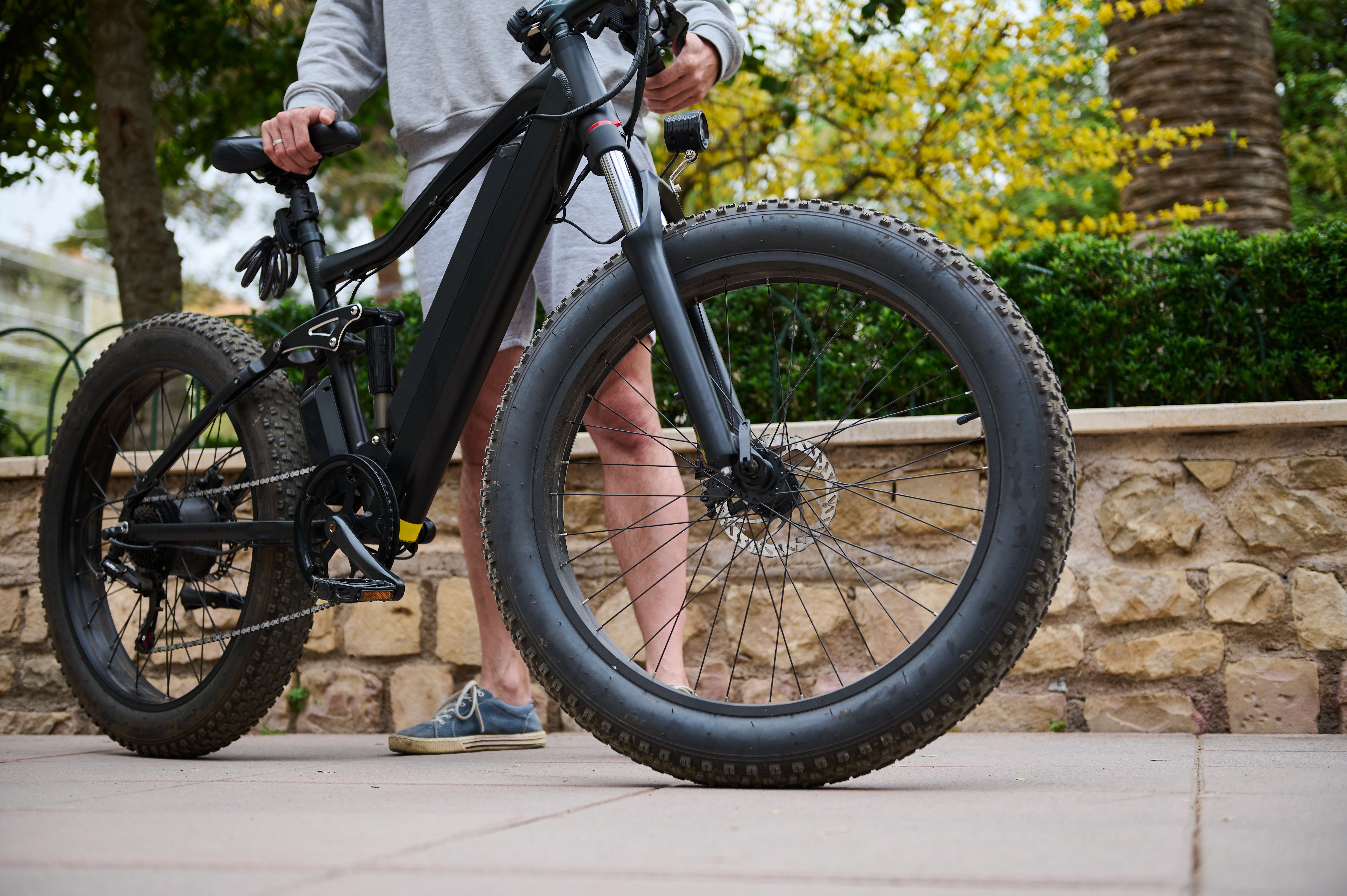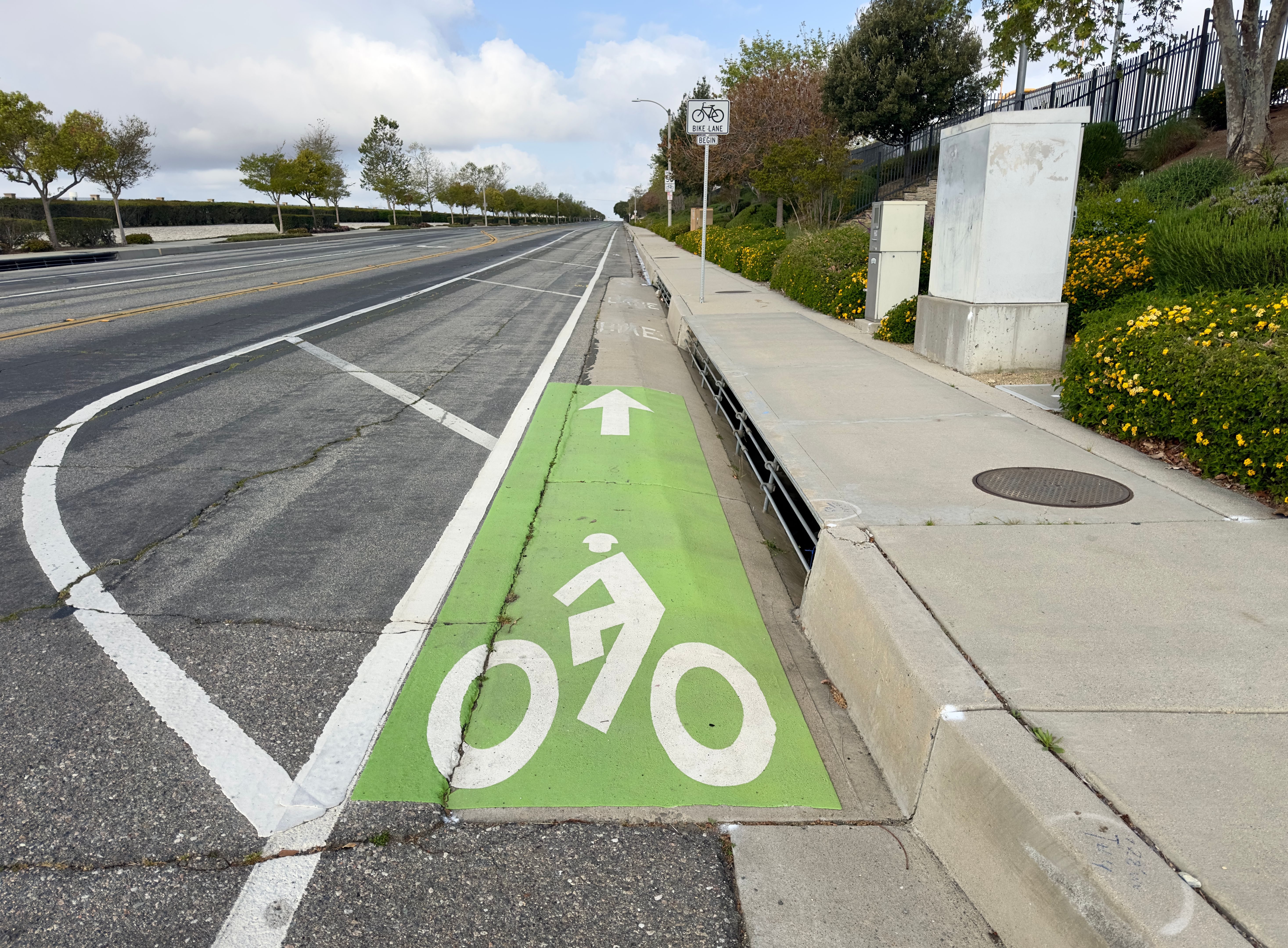The Future of E-Bikes: Trends and Innovations for 2030
Introduction to the Evolution of E-Bikes
The e-bike industry has experienced a significant transformation over the past decade, and as we look towards 2030, the pace of innovation shows no signs of slowing down. With increasing urbanization and a growing emphasis on sustainable transportation, e-bikes are set to become a staple in urban mobility. The future of e-bikes is not just about improved technology, but also about creating a more integrated and user-friendly experience.

Key Technological Advancements
One of the most exciting trends in e-bikes is the continuous advancement in battery technology. By 2030, we can expect e-bikes to feature more powerful and longer-lasting batteries, enabling riders to travel greater distances with fewer charges. The development of solid-state batteries promises to deliver safer and more efficient energy storage solutions.
In addition to battery improvements, motor technology is also evolving. Future e-bikes will likely incorporate more compact and efficient motors that provide smoother rides and better handling. Innovations in regenerative braking systems are expected to enhance energy efficiency by converting kinetic energy back into stored power.
Integration with Smart Technologies
As smart technology becomes more prevalent, e-bikes are set to benefit from increased connectivity. By 2030, e-bikes will likely be equipped with advanced GPS systems, real-time traffic updates, and integrated smartphone applications that provide route optimization and performance analytics. This connectivity will enhance the overall riding experience and improve safety through features like collision detection and automated emergency responses.

Design and Customization Trends
The future of e-bikes will also see a shift towards more personalized and customizable designs. Manufacturers are expected to offer a range of options for customization, from frame colors and styles to integrated accessories like storage compartments and lighting systems. The emphasis will be on meeting individual preferences while ensuring that functionality is not compromised.
Furthermore, as sustainability becomes a central concern, the materials used in e-bike construction are expected to become more eco-friendly. The use of recycled materials and biodegradable components will likely become standard practice, further minimizing the environmental impact of e-bike manufacturing.
Urban Planning and Infrastructure
As cities continue to grapple with congestion and pollution, urban planning will play a crucial role in the widespread adoption of e-bikes. By 2030, we can anticipate the development of more dedicated bike lanes, parking facilities, and charging stations specifically designed for e-bikes. These infrastructural improvements will encourage more people to transition to e-biking as a primary mode of transportation.

The Rise of Subscription Models
Another trend that is expected to gain traction is the rise of subscription models for e-bikes. Much like car leasing services, these models will allow users to pay a monthly fee for access to an e-bike without the upfront cost of ownership. This approach not only makes e-biking more accessible but also offers flexibility for users who may not need an e-bike on a daily basis.
The Role of Policy and Regulation
Government policies and regulations will significantly impact the future landscape of e-biking. By 2030, we can expect legislation to focus on promoting safety standards, incentivizing sustainable transportation modes, and supporting innovation in the industry. Policies that offer tax incentives or subsidies for e-bike purchases could further accelerate their adoption.

Conclusion: The Road Ahead
The future of e-bikes is bright, driven by technological advancements, smart integrations, and sustainable practices. As we move towards 2030, these trends and innovations will not only enhance the functionality and appeal of e-bikes but also play a pivotal role in transforming urban mobility. Embracing these changes will be essential for creating cities that are more livable, environmentally friendly, and connected.